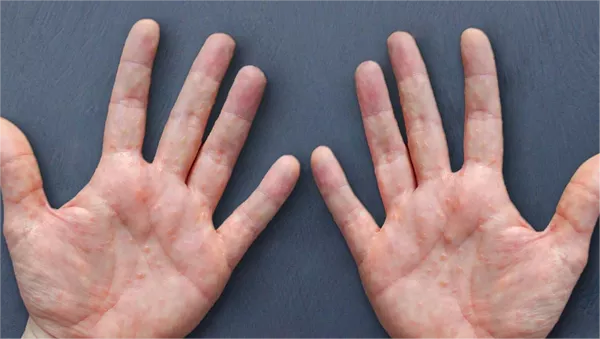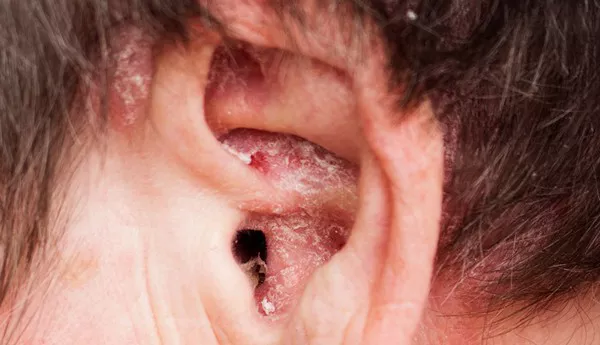Singapore has launched a $14 million research initiative to delve into the mysteries of skin aging among Asians, aiming to address age-related skin issues and improve overall skin health. The project, known as the Cutaneous Ageing and Maintenance Programme (CAP), is set to start on August 1st and will run for four years. It is funded by the Singaporean government and led by the Agency for Science, Technology and Research (A\STAR), in collaboration with the National Healthcare Group and Nanyang Technological University (NTU).
Research Objectives
The primary goal of the CAP is to understand the biological mechanisms driving skin aging in Asian populations. This includes identifying early biomarkers of skin aging and developing targeted interventions to maintain skin health. The research will focus on several key areas:
Biological Drivers: Investigating the genetic and cellular factors that contribute to skin aging in Asians.
Environmental Impact: Studying how external factors, such as the tropical climate and high UV exposure in Asia, affect skin health.
Customized Treatments: Developing treatments tailored specifically for Asian skin, which differs significantly from Caucasian skin in terms of melanin content, pigmentation issues, and susceptibility to certain skin conditions.
Why Asian-Specific Research is Crucial
Most dermatological research to date has focused on Caucasian populations, leaving a significant gap in understanding how Asian skin ages. Asian skin has unique characteristics, such as higher melanin content, which offers better sun protection but also makes it more prone to pigmentation issues and scarring. Additionally, the humid and sunny climate in many Asian regions impacts skin differently than temperate climates. This research aims to fill these gaps and provide more effective, targeted treatments for Asian populations.
Potential Impact
The findings from this study are expected to have far-reaching implications for both healthcare and the economy. By advancing the understanding of skin aging in Asian populations, the CAP could lead to more effective treatments and preventive measures, potentially reducing healthcare costs and improving the quality of life for older individuals. The research could also set new standards for dermatological care and treatment across Asia.
Collaboration and Interdisciplinary Approach
The CAP brings together a multidisciplinary team of clinicians, biologists, engineers, and data scientists from A\STAR, the National Healthcare Group, and NTU. This collaborative effort will allow the team to measure the physiology of Asian skin, study the underlying changes, and create models that reflect skin in an aged environment. The research will also involve over 700 Singaporean participants, making it one of the most comprehensive studies on Asian skin aging to date.
Conclusion
This $14 million investment by the Singaporean government underscores the importance of addressing the unique challenges of skin aging in Asian populations. The CAP promises to deliver valuable insights and innovative solutions that could benefit not only Singapore but also the broader Asian region.
Related Topics:



























